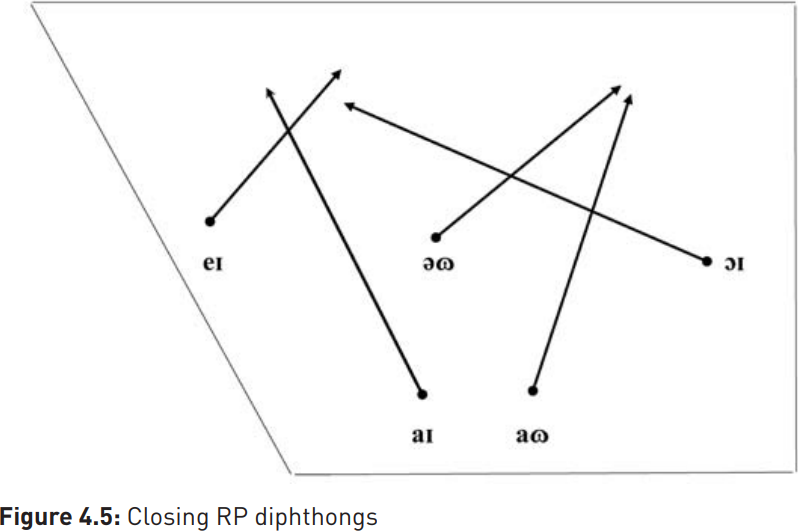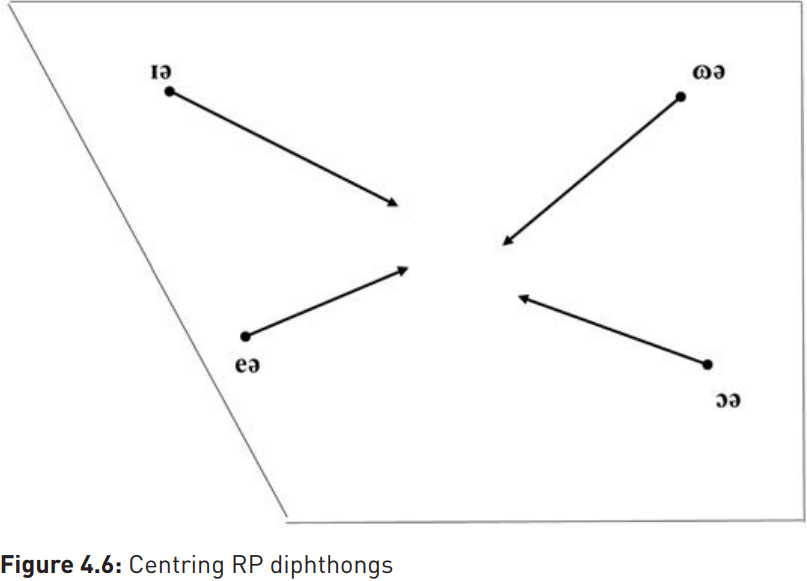

Grammar


Tenses


Present

Present Simple

Present Continuous

Present Perfect

Present Perfect Continuous


Past

Past Simple

Past Continuous

Past Perfect

Past Perfect Continuous


Future

Future Simple

Future Continuous

Future Perfect

Future Perfect Continuous


Parts Of Speech


Nouns

Countable and uncountable nouns

Verbal nouns

Singular and Plural nouns

Proper nouns

Nouns gender

Nouns definition

Concrete nouns

Abstract nouns

Common nouns

Collective nouns

Definition Of Nouns

Animate and Inanimate nouns

Nouns


Verbs

Stative and dynamic verbs

Finite and nonfinite verbs

To be verbs

Transitive and intransitive verbs

Auxiliary verbs

Modal verbs

Regular and irregular verbs

Action verbs

Verbs


Adverbs

Relative adverbs

Interrogative adverbs

Adverbs of time

Adverbs of place

Adverbs of reason

Adverbs of quantity

Adverbs of manner

Adverbs of frequency

Adverbs of affirmation

Adverbs


Adjectives

Quantitative adjective

Proper adjective

Possessive adjective

Numeral adjective

Interrogative adjective

Distributive adjective

Descriptive adjective

Demonstrative adjective


Pronouns

Subject pronoun

Relative pronoun

Reflexive pronoun

Reciprocal pronoun

Possessive pronoun

Personal pronoun

Interrogative pronoun

Indefinite pronoun

Emphatic pronoun

Distributive pronoun

Demonstrative pronoun

Pronouns


Pre Position


Preposition by function

Time preposition

Reason preposition

Possession preposition

Place preposition

Phrases preposition

Origin preposition

Measure preposition

Direction preposition

Contrast preposition

Agent preposition


Preposition by construction

Simple preposition

Phrase preposition

Double preposition

Compound preposition

prepositions


Conjunctions

Subordinating conjunction

Correlative conjunction

Coordinating conjunction

Conjunctive adverbs

conjunctions


Interjections

Express calling interjection

Phrases

Sentences


Grammar Rules

Passive and Active

Preference

Requests and offers

wishes

Be used to

Some and any

Could have done

Describing people

Giving advices

Possession

Comparative and superlative

Giving Reason

Making Suggestions

Apologizing

Forming questions

Since and for

Directions

Obligation

Adverbials

invitation

Articles

Imaginary condition

Zero conditional

First conditional

Second conditional

Third conditional

Reported speech

Demonstratives

Determiners


Linguistics

Phonetics

Phonology

Linguistics fields

Syntax

Morphology

Semantics

pragmatics

History

Writing

Grammar

Phonetics and Phonology

Semiotics


Reading Comprehension

Elementary

Intermediate

Advanced


Teaching Methods

Teaching Strategies

Assessment
Diphthongs
المؤلف:
David Hornsby
المصدر:
Linguistics A complete introduction
الجزء والصفحة:
75-4
2023-12-13
1424
Diphthongs
The presence of a number of diphthongs, which show a change in vowel quality as the tongue travels between two points, is another reason why English does not fit the cardinal vowel schema particularly well.
Think about the vowel in right (and ignore the fact that the spelling still retains a gh sequence that is no longer pronounced). Try saying it slowly a number of times, and you’ll feel your tongue travel quite a distance. In RP the vowel begins somewhere near [a] but moves to the position of the kick vowel [I], and it is this trajectory that gives the sound its distinctive quality. The right vowel is therefore transcribed [aI], the convention for diphthongs being to transcribe their beginning and end points. The trajectory for the RP vowel in house is even wider, starting from a similar point but ending near the push vowel  . The starting point for the blow vowel in RP is different: for most speakers the tongue starts in schwa position and moves to the
. The starting point for the blow vowel in RP is different: for most speakers the tongue starts in schwa position and moves to the  position of the push vowel again. Two further vowels, those of boy
position of the push vowel again. Two further vowels, those of boy  and bay [eI], make up the set of closing diphthongs in English, all of which have a close vowel as their end point, as can be seen in the figure below.
and bay [eI], make up the set of closing diphthongs in English, all of which have a close vowel as their end point, as can be seen in the figure below.

Another set of diphthongs, all of which end in schwa  , are known as centring diphthongs. These are the vowels in RP beer
, are known as centring diphthongs. These are the vowels in RP beer  and square
and square  . Some RP speakers also have a centring diphthong in poor
. Some RP speakers also have a centring diphthong in poor  and in pore
and in pore  , while others do not, pronouncing both words identically to paw.
, while others do not, pronouncing both words identically to paw.

Note also that where a centring diphthong occurs, an r generally is present in the spelling, which in RP and many other varieties of English has been replaced by schwa. In what are known as rhotic areas (for example, North America and the west of England), this r has never been lost, and there is consequently no diphthong.
 الاكثر قراءة في Phonetics
الاكثر قراءة في Phonetics
 اخر الاخبار
اخر الاخبار
اخبار العتبة العباسية المقدسة

الآخبار الصحية















 قسم الشؤون الفكرية يصدر كتاباً يوثق تاريخ السدانة في العتبة العباسية المقدسة
قسم الشؤون الفكرية يصدر كتاباً يوثق تاريخ السدانة في العتبة العباسية المقدسة "المهمة".. إصدار قصصي يوثّق القصص الفائزة في مسابقة فتوى الدفاع المقدسة للقصة القصيرة
"المهمة".. إصدار قصصي يوثّق القصص الفائزة في مسابقة فتوى الدفاع المقدسة للقصة القصيرة (نوافذ).. إصدار أدبي يوثق القصص الفائزة في مسابقة الإمام العسكري (عليه السلام)
(نوافذ).. إصدار أدبي يوثق القصص الفائزة في مسابقة الإمام العسكري (عليه السلام)


















